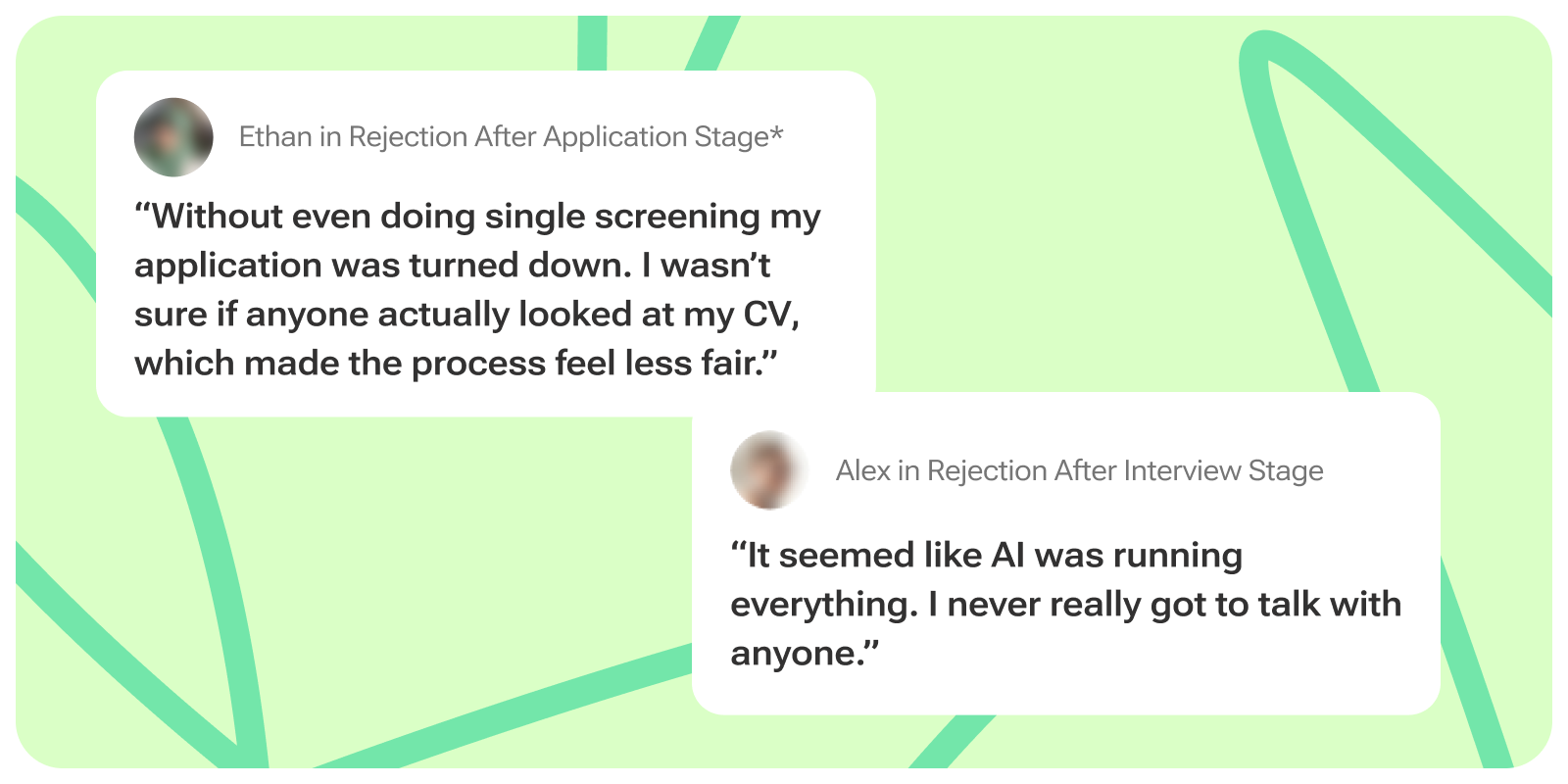Knowing the Net Promoter Score of your organization is important. It is, however, crucial to realize that it’s just an indicator not an all-decisive factor or goal in itself. After all, it doesn’t tell you why you scored the way you did. Therefore, you need to discover the underlying reasons for your Net Promoter Score. These are the true key to improvement!Net Promoter Score: more and more popular. Measuring customer satisfaction is increasingly important to most organizations. Not surprising, considering today’s tech-savvy climate in which innovations follow each other up so rapidly that it’s hard to keep apace. This trend implies an empowerment of consumers, who can switch to a current provider’s competitor in the blink of an eye if they’re unsatisfied. Understandably, this makes companies a tad nervous, and they will go out of their way to learn why customers stay or leave in order to capitalize on their motives. As a result, services and products are continuously improved across all different kinds of companies and industries, which is obviously a positive development for customers everywhere.A common form of measuring customer satisfaction is using the Net Promoter Score methodology originally developed by Frederick Reicheld, and currently a global standard. Considering the fact that customers are the driving force behind a company’s existence, one can see the Net Promoter Score as a thermometer that shows just how healthy a company truly is. Useful? Absolutely. But by no means a final station.Step up your game: looking beyond the Net Promoter Score. The Net Promoter Score ensures that you can get off to a good start. The real art, though, is to reveal the reasons for this score. Once you have clarified these, you will have specific, well-defined points for improvement, and you can improve your services in a targeted way. By repeating this constantly, you will structurally work on bettering customer loyalty and, therefore, revenue growth. In doing so, you will see your Net Promoter Score increase!Now let’s have a look at the kinds of surveys used to provide insight into customer satisfaction. There are roughly two types:
Traditional surveys
You know those emails that invite you to participate in a customer satisfaction survey? These are usually sent to you right after you’ve had a telephone conversation with a call center employee or bought a product.
Pros:
- You can ask many questions;
- You will gather a lot of information from each respondent.
Cons:
- An unpopular and time-consuming solution for the respondent;
- A very low response rate;
- Unrepresentative data as a result of the low response rate.
The short (but not-so-sweet) one-question survey
A different approach is asking one ultra-short Net Promoter Score question: How likely is it that you would recommend us to a friend or colleague? Respondents can rate your company on a scale from 0 to 10, and an additional text box usually provides room for comments. Short, but not always that sweet. Allow us to elaborate.
Pros:
- High response rate;
- Respondent-friendly.
Cons:
- Merely a broad indicator;
- No specific points for improvement.
The best of both worlds: putting the respondent firstWhat if you could combine the benefits of different survey types while making respondents the most important stakeholders? Starred believes that companies should make it as easy and simple as possible for respondents, as they are the ones who are asked for a favor. Therefore, our unique surveys never exceed one page, and the send button is always visible. The result? Overview and peace for the respondent, leading to the highest response rate in the market.Interested in measuring an accurate Net Promoter Score that you can immediately act upon? Don’t hesitate to contact us. We will be happy to help you.





